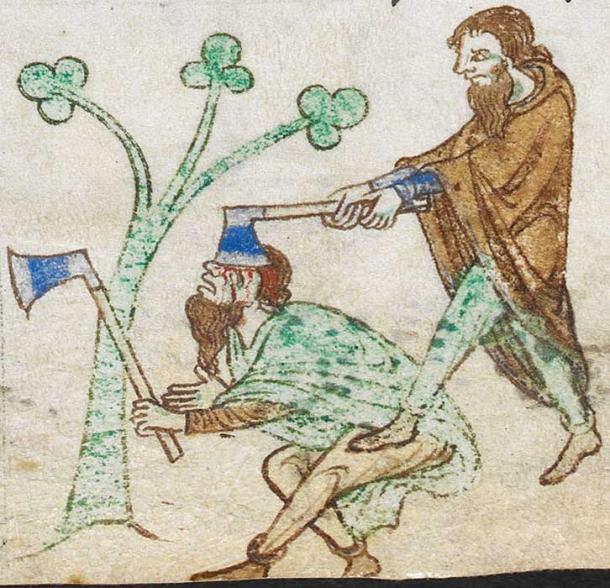From Ancient Origins:
ShareCrimthann mac Énnai was a king of the Irish province of Leinster who reigned from 443 AD to 483 AD. His residence was located in Rathvilly, which today is part of County Carlow, but at this time it was a tribal territory, as county borders had yet to be established in Ireland.
Rathvilly translates as ‘Ringfort of the Sacred Tree’ and this description gives tantalizing clues as to Rathvilly’s forgotten prominence as a place of worship and site of power for Ireland’s Druids and potentially the Irish people who lived there thousands of years earlier. The sacred tree in this case is most likely the oak but other trees which were considered gateways to the spiritual realms for the ancient Irish include the ash, the yew and hawthorn.
Rathvilly is surrounded by many historic and sacred monuments including dolmens and stone circles which have alignments to solstices, equinoxes and even the stars. Although these sites were held sacred by the Druids and the Celtic and European people arriving in Ireland at this time, their builder’s origins are still shrouded in mystery. For many who read Celtic legends today, these sites are the locations and homes of the Kings, Queens, Gods and Goddesses of Irish mythology - but it is worth restating that these places were in fact rediscovered by the Celts , and not built by them.
Recent DNA evidence has found that some people living in Ireland when these sacred monuments were built were from the Fertile Crescent area. However, there is also evidence that people from Northern and Eastern Europe were travelling to Ireland at this time as well. Perhaps the facts are pointing us towards a scenario of a mixture of races and cultures that traded, shared the same land, and called the same gods by different names. Archaeology continues to reveal new information which makes any definitive statement shaky ground. Irish legends even speak of a mysterious people called the Tuatha Dé (The Tribe of the Gods) who were said to possess supernatural powers and who arrived in Ireland in ‘dark clouds’. (Read more.)


















No comments:
Post a Comment